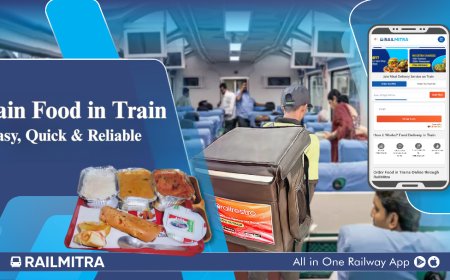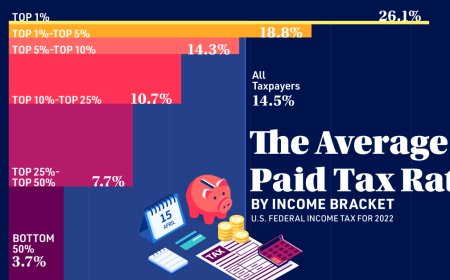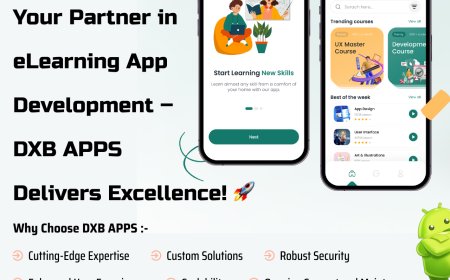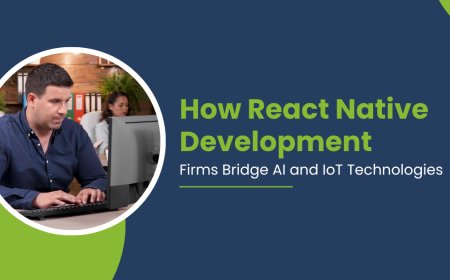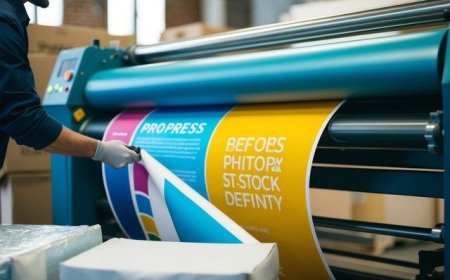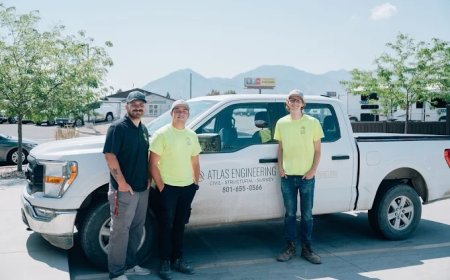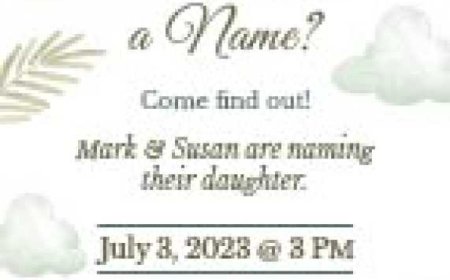Your APEGS Work Experience Report: Tips for a Smooth Submission
https://www.rplwritingservices.com/rics-help
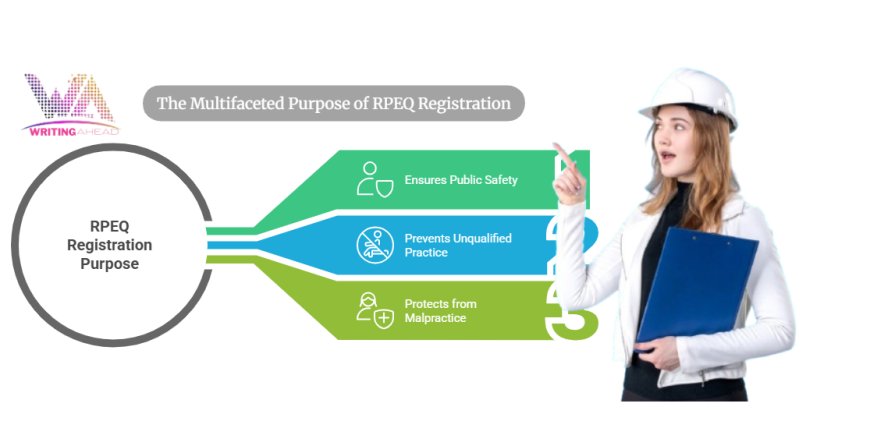
If you're an internationally trained engineer trying to get licensed in Saskatchewan, one of the biggest steps youll face is preparing your APEGS Work Experience Report as part of the APEGS Competency Assessment process.
When I started mine, I had no idea where to begin. I kept asking myself:
- What should I include?
- How much detail do they want?
- Should I write it like a job description or more like a story?
After some trial and error (and a few helpful tips from people whod done it before me), I got through it successfully and Im here to help make it easier for you.
What Is the APEGS Work Experience Report?
The APEGS Work Experience Report is part of the larger Competency Based Assessment (CBA) process run by the Association of Professional Engineers and Geoscientists of Saskatchewan (APEGS) .
This report is your chance to show how your work experience matches the standards expected of Canadian engineers.
Its not just a list of your jobs its about showing that you can think like a Canadian-trained engineer, solve problems responsibly, and take professional responsibility for your work.
Think of it this way: Youre not just telling them what you did youre proving how and why you did it, and what impact it had.
Why This Report Matters
I remember thinking, Why cant they just look at my resume? But after going through the process, I realized why this step is so important.
APEGS needs to be sure that every engineer working in Saskatchewan meets high professional standards especially when public safety is involved.
Thats where the APEGS Competency Assessment comes in. It ensures that even if you studied abroad or worked in a different system, your skills and judgment are up to par.
And your Work Experience Report is the heart of that assessment.
How I Approached My APEGS Work Experience Report
Heres how I structured my own submission, based on what I learned along the way:
Step 1: Understand the Competency Areas
Before writing anything, I reviewed the APEGS Competency Based Assessment guidelines carefully.
They gave a list of core competency areas such as:
- Application of engineering knowledge
- Problem-solving
- Communication
- Ethics and professionalism
- Teamwork and leadership
Each section of my report needed to clearly connect to one or more of these competencies.
Step 2: Choose the Right Projects
I didnt just list everything Id ever done. Instead, I picked 34 key projects that best showed my engineering abilities across different areas.
For example:
- One project focused on design and technical analysis
- Another showed leadership and teamwork
- A third highlighted communication and client interaction
Picking the right examples made the whole report feel stronger and more focused.
Step 3: Structure Each Example Clearly
APEGS wants each project or role described in a clear, consistent format. Heres what I used:
- What : A brief summary of the task or project
- How : Your role, responsibilities, and actions taken
- Why : The reasoning behind your decisions
- Result : The outcome and any lessons learned
This helped me avoid vague statements like I assisted with design. Instead, I said things like:
I led the structural design of a warehouse using AutoCAD and STAAD.Pro, ensuring compliance with local building codes. I coordinated with civil and electrical teams to integrate services and finalize construction drawings.
See the difference? Specifics matter.
Step 4: Be Honest and Realistic
Dont exaggerate or try to sound like someone else. APEGS assessors have read hundreds of these reports they can tell when something doesnt match your actual experience.
Be proud of what youve done, but also honest about your role. If you were part of a team, say so. If you followed guidance from senior engineers, mention that too.
Professional growth matters and showing self-awareness is a good thing.
Step 5: Get Feedback Before Submitting
Before hitting submit, I asked a friend who was already a licensed engineer in Canada to read through my report.
He gave me great feedback on clarity and structure. He also pointed out a few places where I could better link my experience to the required competencies.
A second pair of eyes really helps catch gaps or unclear sections.
Common Mistakes to Avoid
Based on what I saw online and from others experiences, here are some common mistakes to avoid:
? Being Too Vague
I supported the design team tells them nothing. Say exactly what you did, what tools you used, and what decisions you made.
? Ignoring Competency Links
Make sure each example clearly connects to at least one of the listed competencies. Dont assume APEGS will see the connection spell it out.
? Using Too Much Jargon
You want to sound professional, not confusing. Keep explanations clear and focused.
? Skipping Proofreading
Typos, grammar errors, or inconsistent formatting give a bad impression. Use spelling tools and read your report out loud to catch issues.
Final Tips for Success
Let me share a few quick tips that helped me and can help you too:
? Start Early
Give yourself plenty of time. Rushing leads to poor quality and missed opportunities to improve.
? Follow the Guidelines Exactly
APEGS provides a guide for the Competency Based Assessment . Read it carefully and follow it closely.
? Use Bullet Points When Needed
Not everything has to be in long paragraphs. Short summaries and bullet points can make your report easier to read.
? Keep Copies of All Documents
Save your CV, reference letters, transcripts, and any supporting documents. You might need to update or resubmit later.
? Consider Help If Needed
There are many APEGS Competency Assessment writers and reviewers who specialize in helping applicants prepare strong reports. If writing isnt your strength or time is short, investing in help can be worth it.
Final Thoughts
Preparing your APEGS Work Experience Report might feel overwhelming at first especially if English isnt your first language or youre unfamiliar with Canadian workplace expectations.
But trust me its totally doable.
Take it step by step. Pick the right projects. Show your skills clearly. And dont hesitate to reach out for help when you need it.
Remember, APEGS isnt trying to trip you up they just want to make sure youre ready to contribute safely and professionally to Saskatchewans engineering community.
So go ahead start drafting. You've got this!









